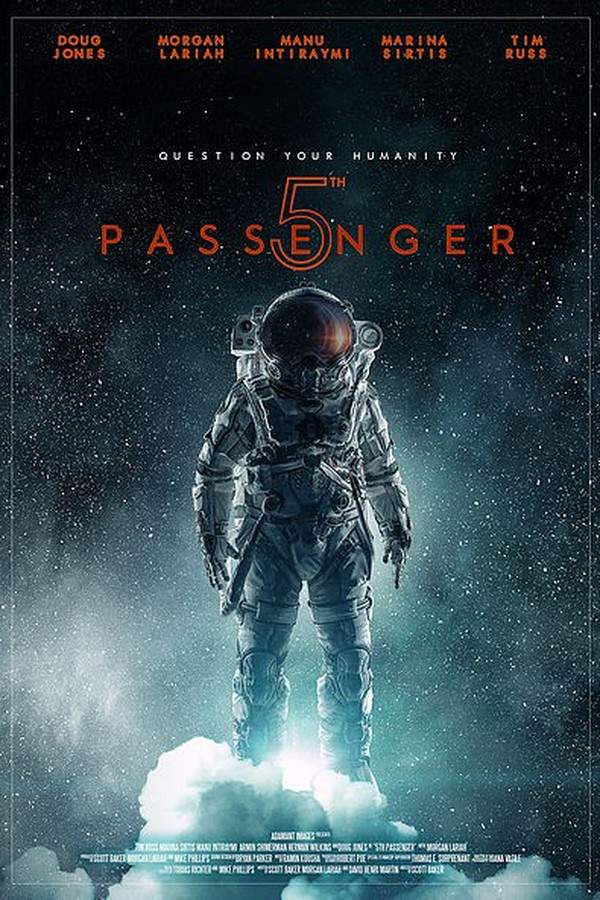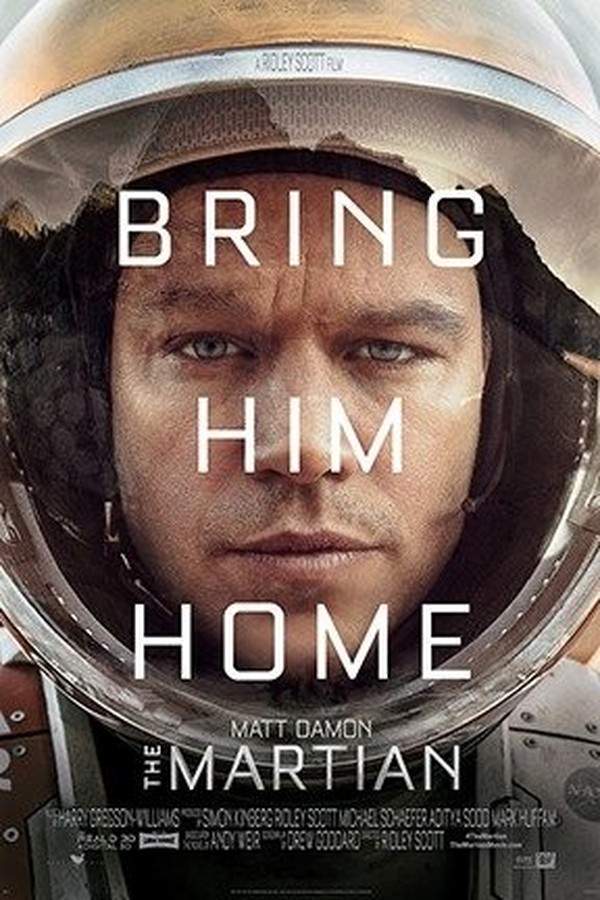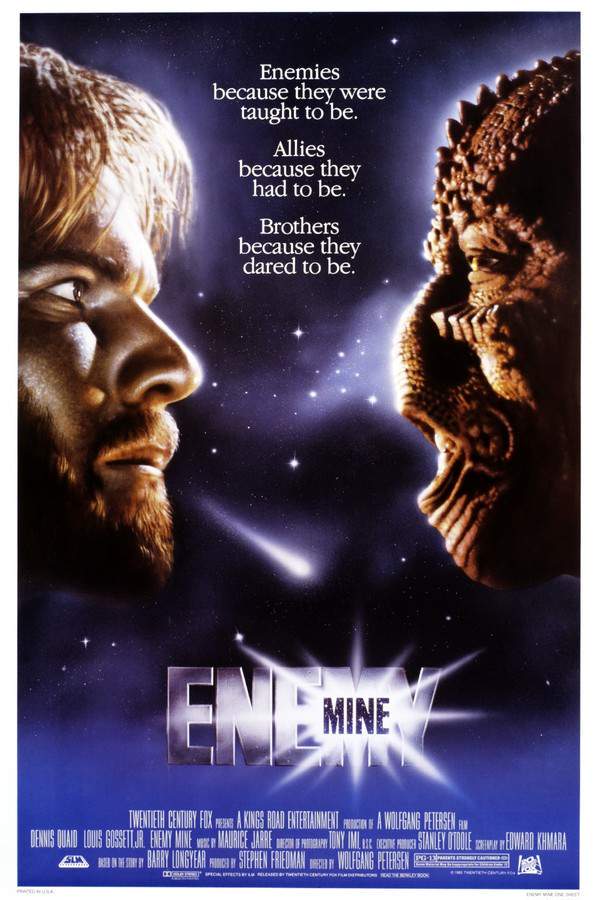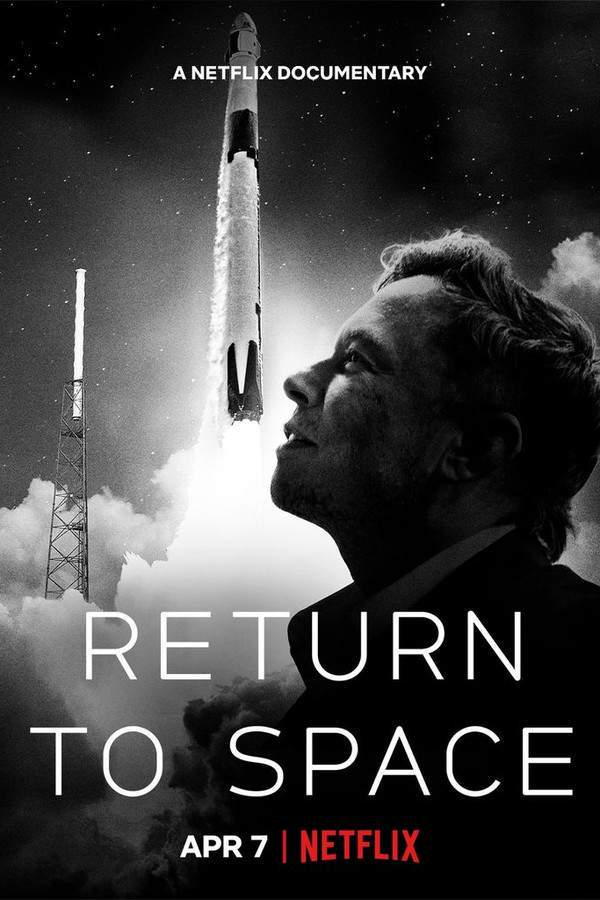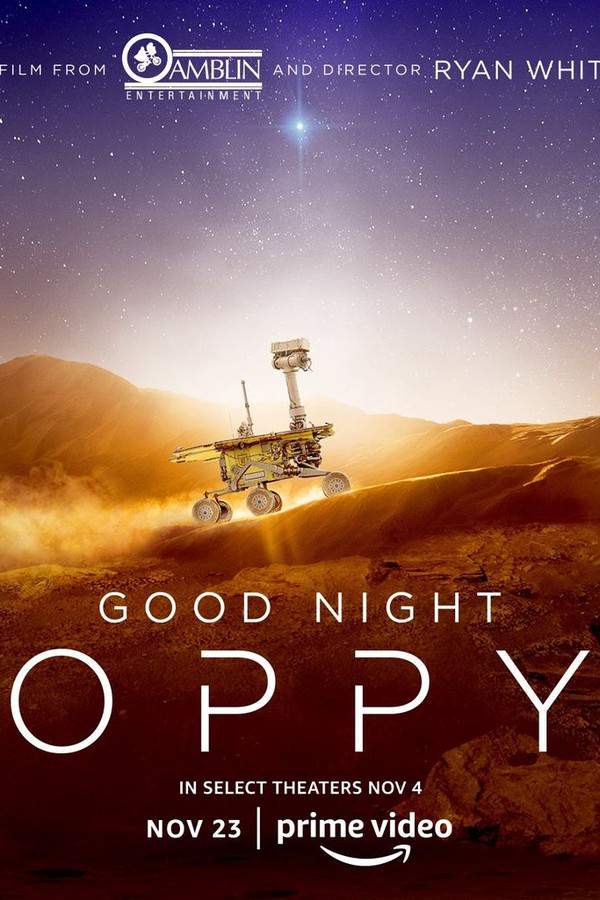
Astronaut: The Last Push
Year: 2012
Runtime: 90 mins
Language: English
Director: Eric Hayden
Following a catastrophic accident that ends the first manned mission to Jupiter's moons, astronaut Michael Forrest finds himself alone and facing a daunting three-year journey back to Earth. The film explores the psychological and physical challenges he confronts during the extended period of isolation, raising profound questions about the limits of human endurance and the drive to discover life beyond our planet.
Warning: spoilers below!
Haven’t seen Astronaut: The Last Push yet? This summary contains major spoilers. Bookmark the page, watch the movie, and come back for the full breakdown. If you're ready, scroll on and relive the story!
Astronaut: The Last Push (2012) – Full Plot Summary & Ending Explained
Read the complete plot breakdown of Astronaut: The Last Push (2012), including all key story events, major twists, and the ending explained in detail. Discover what really happened—and what it all means.
From a measured opening montage that blends greetings from Earth with a sponsor’s pitch, Walter Moffitt watches over a bold new mission. The story centers on the crew of Life One, a spacecraft built by Moffitt Industries, and the two astronauts who carry the hopes of the company and humanity: Michael Forrest and Nathan Miller. The mission is straightforward on paper: they are to sleep through a six-year voyage to Europa, taking a dramatic route that swings around Venus and uses a gravity assist around Earth to pick up speed. The project promises a leap forward for space travel, with high stakes matched only by the vast emptiness of the void they must cross.
Early in the journey, the quiet is shattered. Life One’s proximity sensors howl to life as the ship is jolted by an unseen force, and Michael Forrest is abruptly awakened from hibernation. In a tense, rapid sequence, he seals the damaged hibernation and re-entry capsule with Nathan Miller still inside, buying time as alarms echo through the habitation module. The crew’s living quarters begin to vent and an oxygen leak becomes a pressing danger, but Michael quickly moves to the leaking module and works to stabilize the life support. He establishes contact with mission control, and the two sides establish a rhythm of check-ins, updates, and cautious guidance as they assess the damage. The ship itself remains largely intact beyond the compromised hibernation and re-entry systems and the damaged engine controls, a fact that keeps the crew hopeful even as the situation remains precarious.
What follows is a painstaking, solitary fight against isolation and time. Michael fights to keep calm as repairs drag on, failing to fully restore the engines that would propel Life One toward its planned Venus flyby and Europa rendezvous. Each engine test becomes a small test of will, as power ebbs and the ship grows colder. The tension between the urgency of the repairs and the creeping weight of loneliness intensifies, and Michael’s resolve is tested as he pushes through one setback after another. Through it all, mission control remains a steady, encouraging presence, guiding him with instructions and reassurance, and the calm cadence of their communication helps him maintain focus even as hope flickers.
Then, a turning point. After a critical engine test ends in a total power loss, Michael fights to salvage the situation, pouring everything he has into a final, desperate repair attempt. A vision—a hallucination of his fellow astronaut—briefly jolts him awake, and that spark of memory becomes the catalyst for a renewed effort. He makes one last, determined push, and the ship’s systems respond with a fragile but real power return. The sense of relief is tempered by the realization that the journey is far from over, yet the immediate danger has passed.
With power restored, Life One begins to move again as it rounds the beacon of Venus. In a moment of awe, Michael dons his space suit and enters the damaged hibernation capsule for the first time since the accident. From the capsule’s window, the planet’s atmosphere glows and swirls below, a reminder of the fragile beauty of the world they left behind. The ship then accelerates toward Earth, and Michael successfully ignites the engines, placing the vessel on a course that is now measured in years rather than days. The distance to Earth closes, and yet a choice looms.
Arriving at the Solar System’s familiar neighborhood, Earth would be the straightforward destination to brake and re-enter. Instead, Michael makes a radical choice that stays true to the mission’s original dream: he will not slow for re-entry. He defies the instinct to return home and instead commits to the longer, more perilous path—slingshotting past Earth to continue toward Europa. The moment is underscored by a stark, defiant line that captures his resolve: > Someone’s supposed to go, Someone’s supposed to see this.
As the transmission of his decision reaches back to Earth, the camera’s gaze widens to the vastness around him. The captain of the mission stands at the edge of known safe limits, addressing Earth in a voice that carries both humility and awe as he sets the engine course for Europa. In a final, quiet act of sacrifice and determination, he ejects the hibernation capsule—now carrying Nathan—toward Earth, a symbolic delivery of the mission’s burden. Then he reignites the engines, choosing the longer, more challenging journey toward Europa, driven by a conviction that his purpose lies beyond the home planet.
This tale of resilience, solitude, and fidelity to a larger goal unfolds with a steady, almost meditative pace. It balances technical detail with the emotional weight of being alone in the void, all while keeping the focus on the human drive to explore and endure. The characters’ choices illuminate a core theme: sometimes the most profound discoveries come not from reaching a destination on the map, but from confronting the unknown within oneself and carrying a message across the stars.
- Note: cast references appear as linked names at first mention for the main characters: Walter Moffitt, Michael Forrest, and Nathan Miller.
Last Updated: October 03, 2025 at 10:33
Explore Movie Threads
Discover curated groups of movies connected by mood, themes, and story style. Browse collections built around emotion, atmosphere, and narrative focus to easily find films that match what you feel like watching right now.
Movies about solitary survival like Astronaut: The Last Push
Stories of one person's resilience against overwhelming isolation and hardship.If you liked the solitary struggle in Astronaut: The Last Push, explore more movies about lone survival against the odds. These films feature protagonists facing extreme isolation, testing their psychological and physical endurance in vast, unforgiving environments from deep space to deserted landscapes.
Narrative Summary
Narratives in this thread follow a linear, character-driven path, focusing intently on the daily rhythms and psychological toll of survival. The journey is often one of quiet determination, punctuated by moments of technical crisis or despair, culminating in a test of the human spirit's capacity to endure alone.
Why These Movies?
Movies are grouped here for their shared focus on a lone individual's battle against isolation. They create a specific, meditative mood by balancing a hopeful tone with the stark reality of solitude, offering a profound look at human resilience.
Sci-fi movies with bittersweet endings like Astronaut: The Last Push
Sci-fi journeys where great personal sacrifice leads to a meaningful, yet painful, victory.Fans of the poignant ending in Astronaut: The Last Push will appreciate these sci-fi films. They explore themes of sacrifice and discovery, where characters achieve their mission's goal but pay a heavy personal price, resulting in emotionally complex and thought-provoking conclusions.
Narrative Summary
The narrative pattern involves a character making a conscious, defiant choice to prioritize a greater mission or discovery over their own safety or happiness. The climax is a victory that is simultaneously a loss, creating an ending that is emotionally resonant and philosophically rich rather than simply conclusive.
Why These Movies?
These films are united by their emotionally complex conclusions that blend hope with sorrow. They share a specific tone where the pacing and intensity serve a character-driven story, ultimately delivering a cathartic experience defined by sacrifice and the cost of discovery.
Unlock the Full Story of Astronaut: The Last Push
Don't stop at just watching — explore Astronaut: The Last Push in full detail. From the complete plot summary and scene-by-scene timeline to character breakdowns, thematic analysis, and a deep dive into the ending — every page helps you truly understand what Astronaut: The Last Push is all about. Plus, discover what's next after the movie.
Astronaut: The Last Push Timeline
Track the full timeline of Astronaut: The Last Push with every major event arranged chronologically. Perfect for decoding non-linear storytelling, flashbacks, or parallel narratives with a clear scene-by-scene breakdown.

Characters, Settings & Themes in Astronaut: The Last Push
Discover the characters, locations, and core themes that shape Astronaut: The Last Push. Get insights into symbolic elements, setting significance, and deeper narrative meaning — ideal for thematic analysis and movie breakdowns.

Astronaut: The Last Push Spoiler-Free Summary
Get a quick, spoiler-free overview of Astronaut: The Last Push that covers the main plot points and key details without revealing any major twists or spoilers. Perfect for those who want to know what to expect before diving in.

More About Astronaut: The Last Push
Visit What's After the Movie to explore more about Astronaut: The Last Push: box office results, cast and crew info, production details, post-credit scenes, and external links — all in one place for movie fans and researchers.


